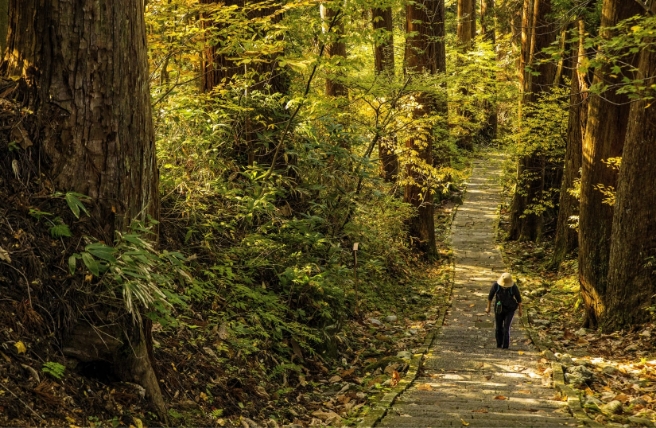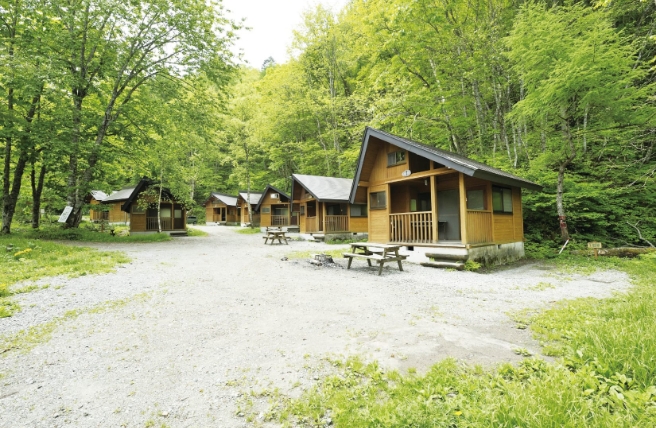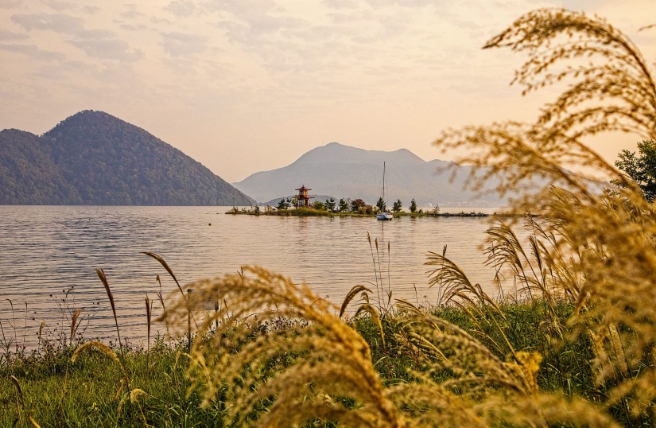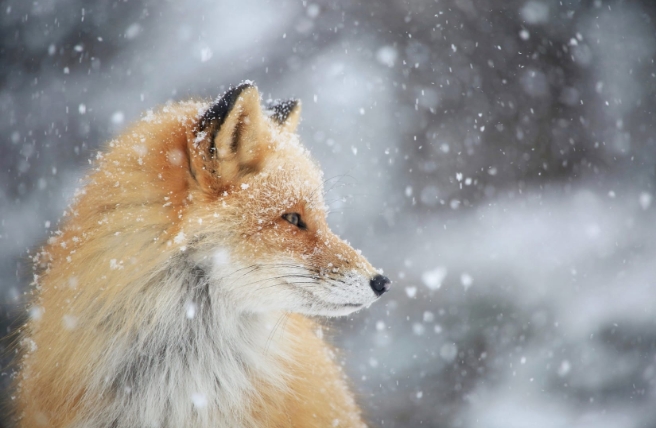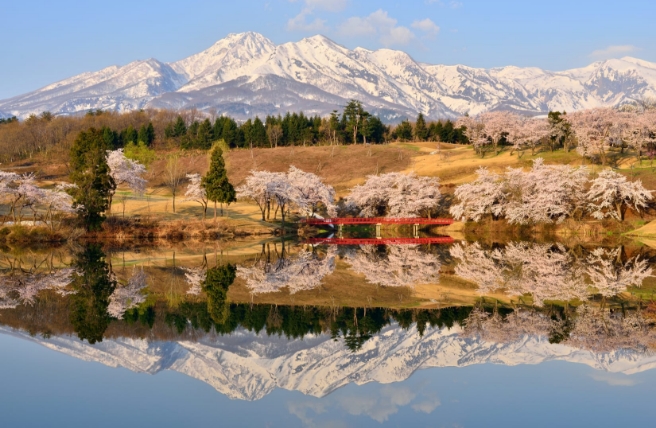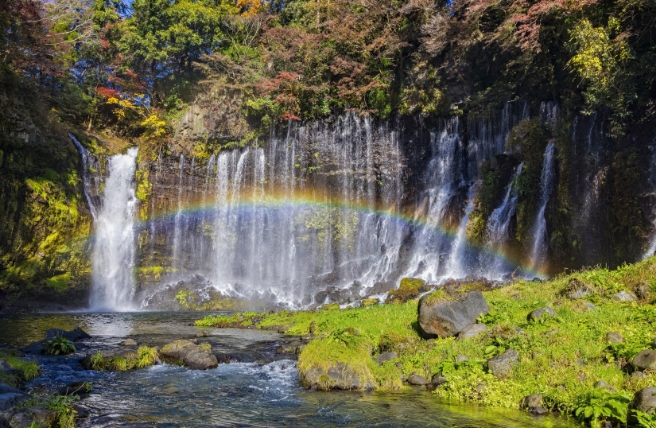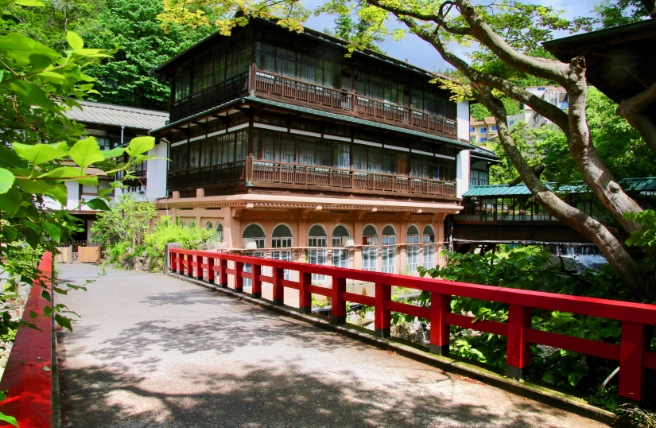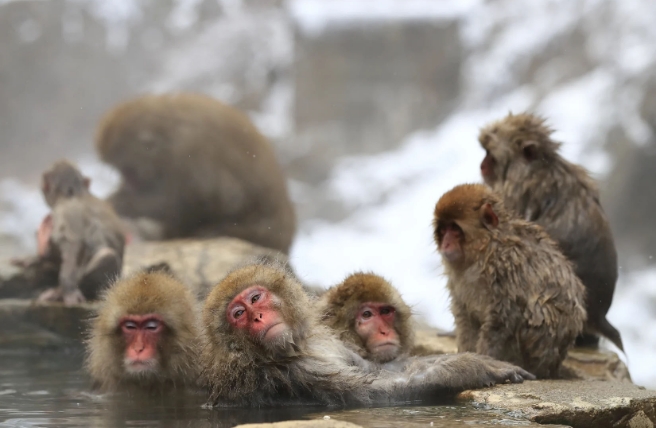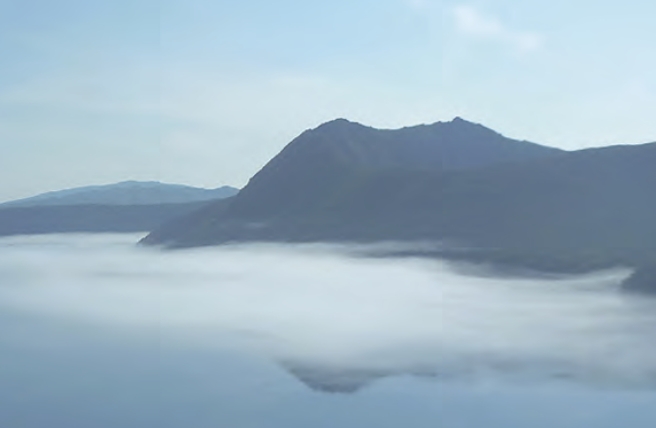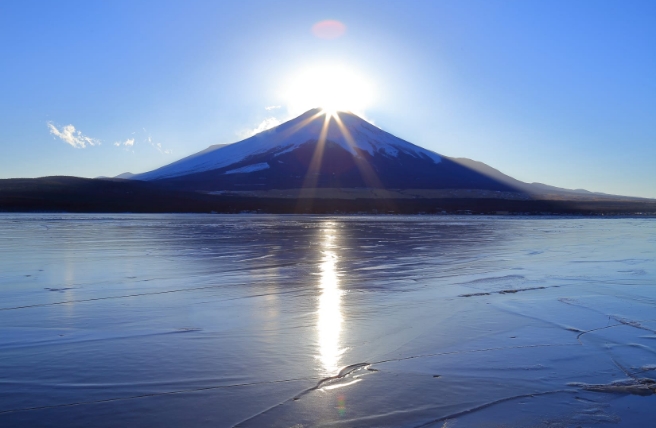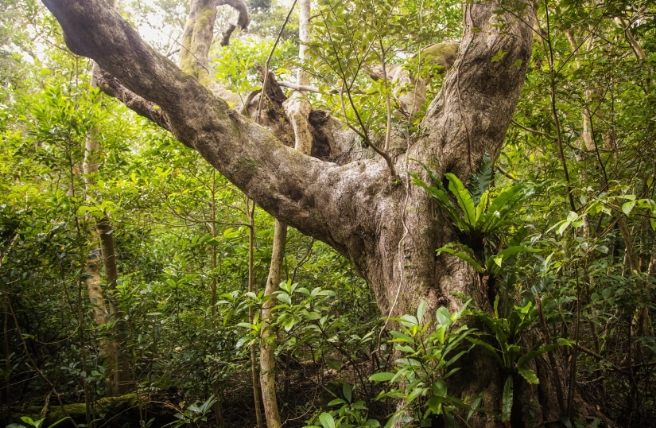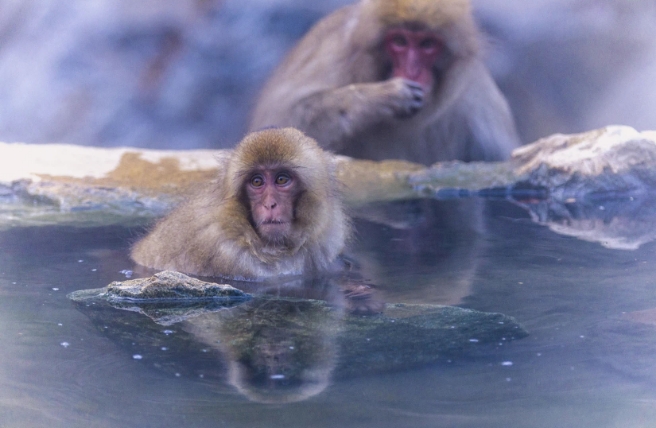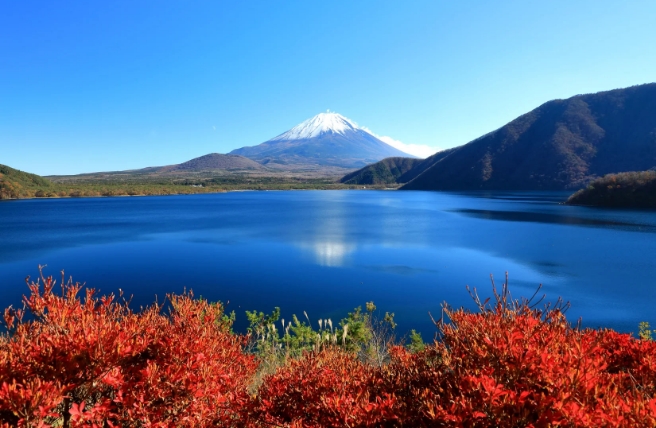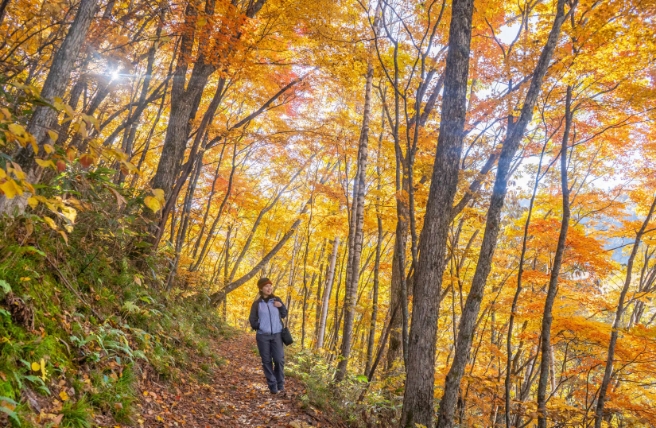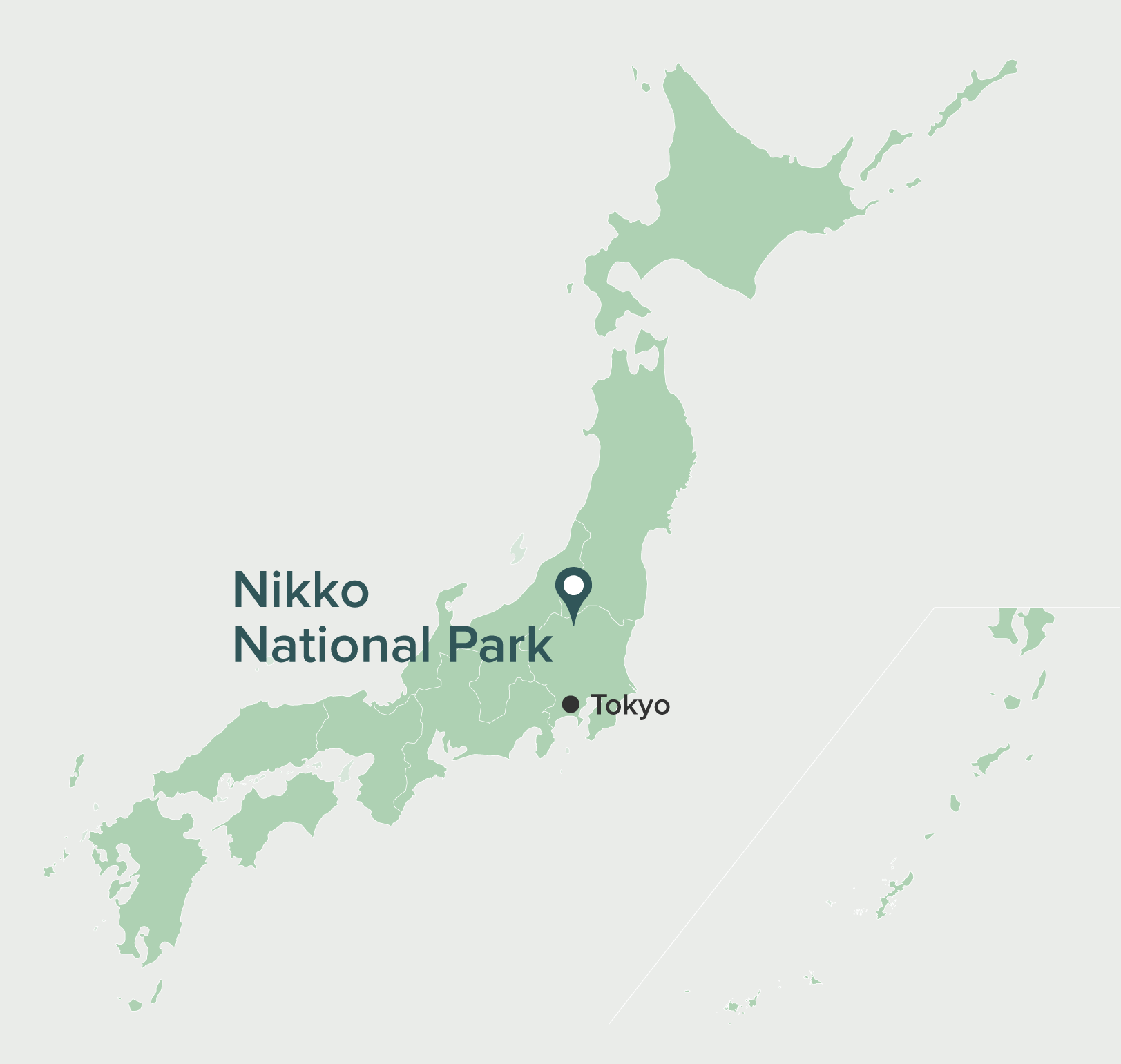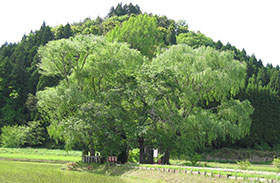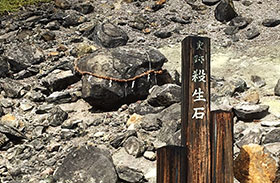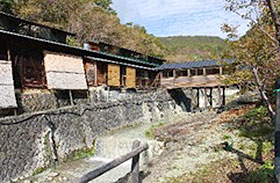Discover the legends of Nasu and retrace the footsteps of the haiku poet Basho
The town of Nasu is home to several locations mentioned in poet Matsuo Basho’s book Oku no Hosomichi (The Narrow Road to the Deep North). Nasu is famous for its hot springs, and is also the birthplace of many legends and mythical tales.
Starting at the Yugawa municipal parking lot, the course takes you from Nasu Yuzen Shrine along a rocky track to Sessho Seki—a location famous in Japanese folklore for the tale of the nine-tailed fox. You can retrace Basho's footsteps as you wander the streets of this picturesque mountain town.
The Yugyo Yanagi, or Yugyo Willow, is a half-hour drive out of town. The tree has been the inspiration for many classic poems written by renowned Japanese poets, including Matsuo Basho (1644–1694), the late Heian-period poet Hoshi Saigyo (1118–1190), and the Edo-period poet Yosa Buson (1716–1784).
